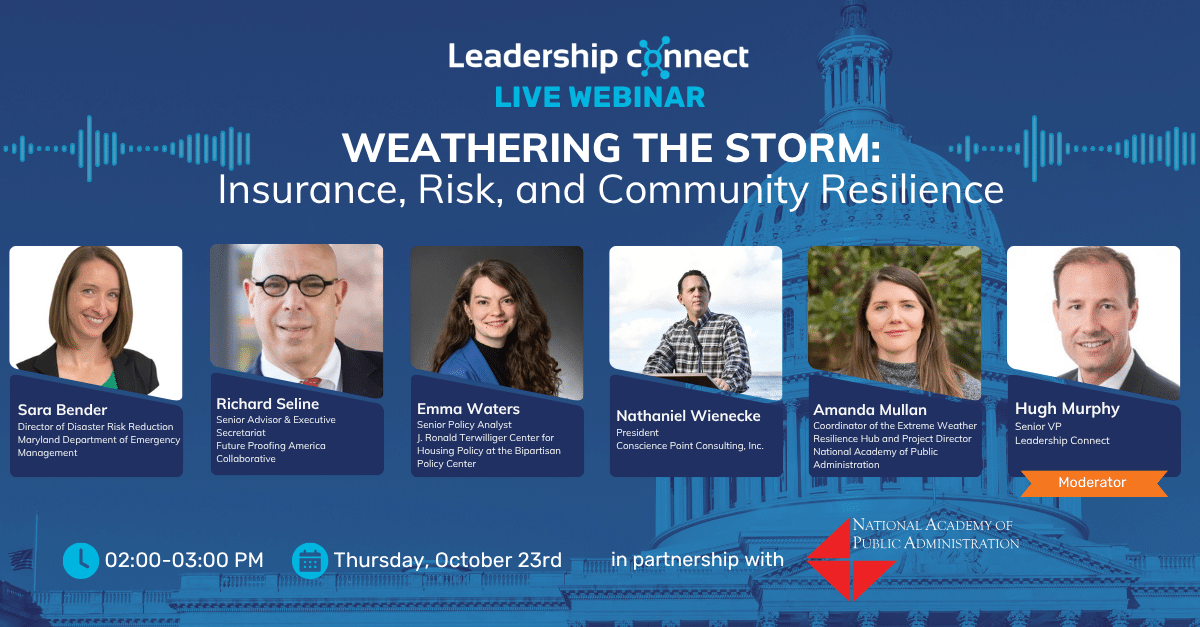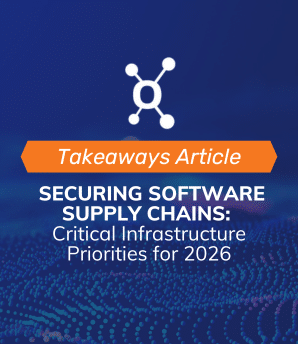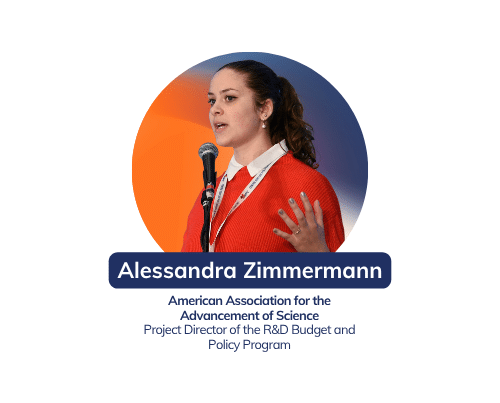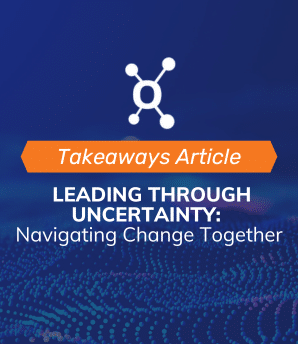Weathering the Storm: Insurance, Risk, and Community Resilience
As disasters become more frequent and severe, the conversation around the future of insurance and its role in resilience has become urgent. On October 23, 2025, Leadership Connect and the National Academy of Public Administration convened a panel of cross-sector experts to discuss the evolving insurance landscape, its intersection with public policy, and the implications for underserved communities.
This timely webinar brought together voices from state and local governments, policy think tanks, housing advocacy groups, and the industry to unpack a rapidly shifting environment where traditional insurance models are under increasing strain. Missed the conversation?
Check out the key takeaways below, watch the whole webinar here, and don’t forget to visit our Events Page to register for upcoming sessions.
Insurance as a Catalyst, Not Just Coverage
The session opened by framing insurance not merely as a post-disaster financial tool, but as a forward-looking mechanism for risk management and capital mobilization. Speakers highlighted how insurance, when designed to anticipate rather than react, can help de-risk investments in infrastructure and community resilience.
This concept of “insurance as incentive” was reflected in multiple remarks, particularly when examining how private sector underwriting and public policy can be aligned to create risk transfer products that stimulate local investment in climate adaptation.
However, persistent data gaps and modeling inconsistencies, particularly at the local level, continue to limit the accuracy of risk assessments. This hinders the ability of communities and policy makers to make sound, risk-informed decisions.
Policy Fragmentation and the Federal-to-Local Disconnect
As the frequency and severity of extreme weather increases, the insurance system is under stress. Participants described how federal flood insurance limitations, inconsistent regulations across states, and reactive policies have created a patchwork system unable to meet the scale of the challenge.
This fragmented governance particularly burdens state and local governments, who must juggle short-term recovery priorities with long-term risk planning and adaptation. Some speakers highlighted emerging efforts, such as nature-based projects and risk pool partnerships, that reflect a shift toward more adaptive and integrated risk governance models.
Still, a consistent theme was the urgent need for policy reform, more cohesive interagency and intergovernmental coordination, and innovative funding mechanisms that allow for blending and braiding different funding sources to mitigate risk.
The Equity Gap in Risk and Recovery
Equity concerns were woven throughout the conversation, as panelists emphasized how low-income and historically marginalized communities often face the double bind of being both disproportionately exposed to risk and least able to afford coverage or recover after disasters.
For example, vulnerable areas are increasingly priced out of private insurance markets or dropped altogether, leaving renters and homeowners without basic protections. Without intervention, this could escalate into broader issues of displacement and housing instability.
Several panelists emphasized the importance of data access and transparency in supporting community-driven solutions. Local and state governments should adopt accessible risk communication strategies and community-driven solutions, particularly in areas where trust in institutions is low.
Collaboration: The Through Line
Perhaps the most consistent thread across all contributions was the need for cross-sector and cross-government collaboration. Whether government agencies align with insurers, housing advocates work with emergency managers, or academic institutions support better modeling, the future of resilience hinges on breaking down silos.
Participants reflected on real-world examples of multi-stakeholder partnerships that are already driving change. These case studies demonstrated that innovative approaches to risk-sharing and resilience become possible when public policy, private capital, and community leadership come together.
Looking Ahead
The panel urged a shift in how we measure resilience—emphasizing the importance of maintaining strong, thriving communities before disasters occur, rather than focusing on rebuilding after the fact. As the insurance industry evolves in the face of increased extreme weather events, its relationship with public institutions, local governance, and equity-centered design will determine how well society can weather future storms.
The National Academy of Public Administration encourages the audience to view the following:
- Extreme Weather Resilience Hub webpage
- Previous research briefs entitled Modern Intergovernmental Governance and Adaptation Governance and Financing
- Extreme Weather Resilience Hub flyer
- Relevant blog posts from Academy Insights
- Launching the Extreme Weather Resilience Hub: Public Administration for a New Era
- Weathering the Shift: Place-Based Solutions for Extreme Weather Events
Staying Connected to Drive Resilience & Collaboration
As leaders navigate increasingly complex risks across sectors and levels of government, access to reliable information and relationships becomes just as important as access to funding. Supporting climate resilience requires knowing who to engage, how decisions are made, and where collaboration is already happening.
Leadership Connect helps teams identify the right stakeholders across public agencies, industry, and community organizations — making it easier to align efforts, anticipate shifts, and take informed action. For those working across emergency management, housing, insurance, and policy, having clear visibility into the evolving leadership landscape can be a powerful tool for advancing resilience goals. Explore our products to see how we can help you!








